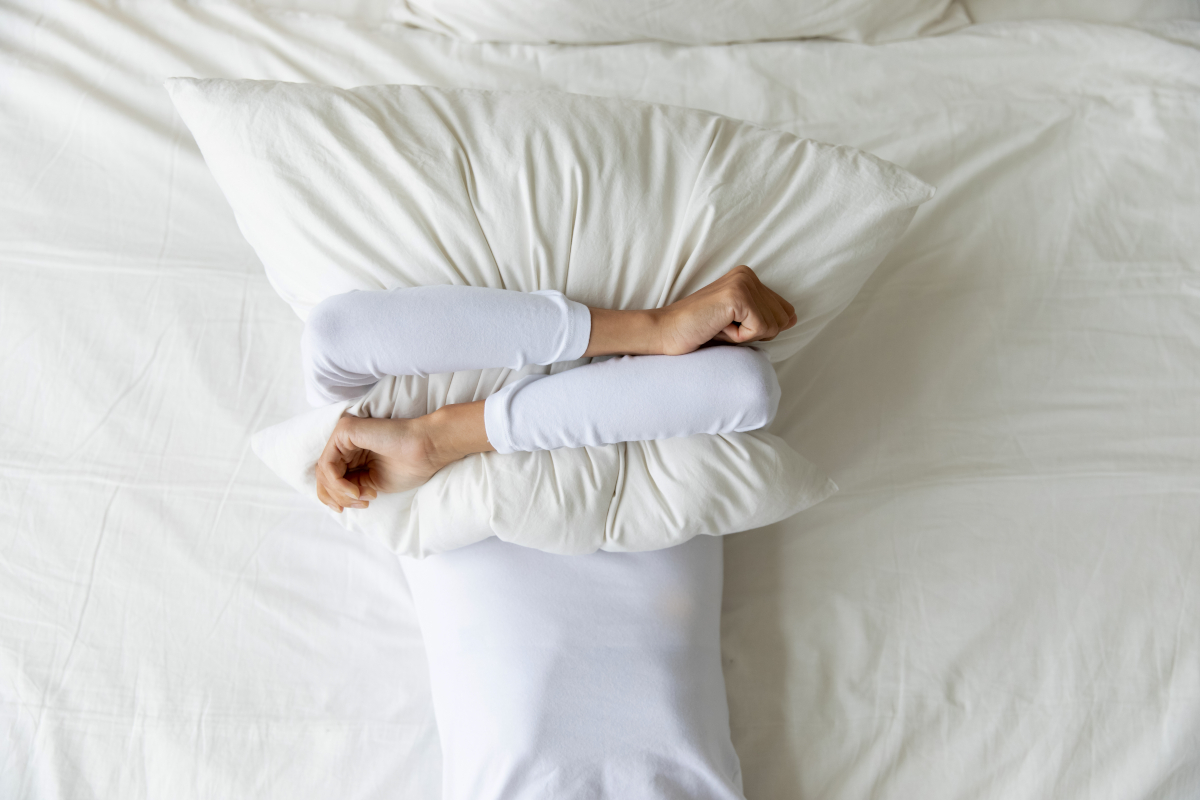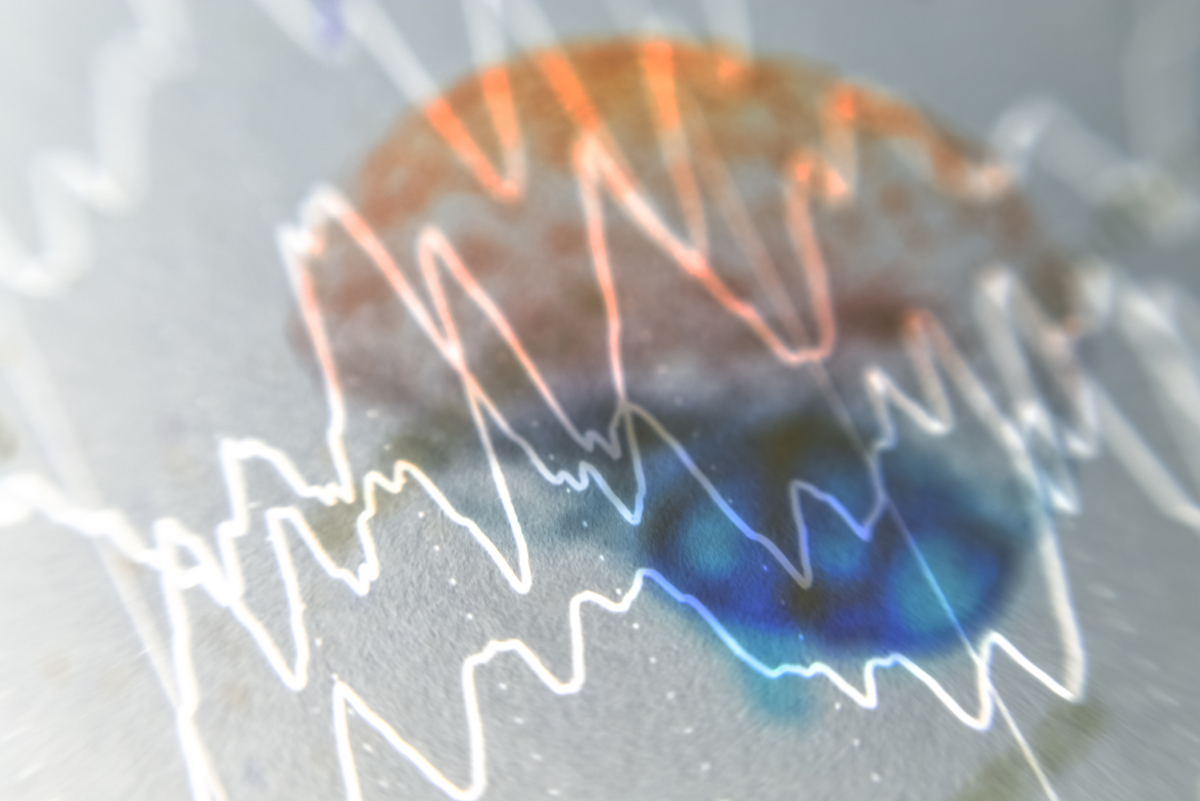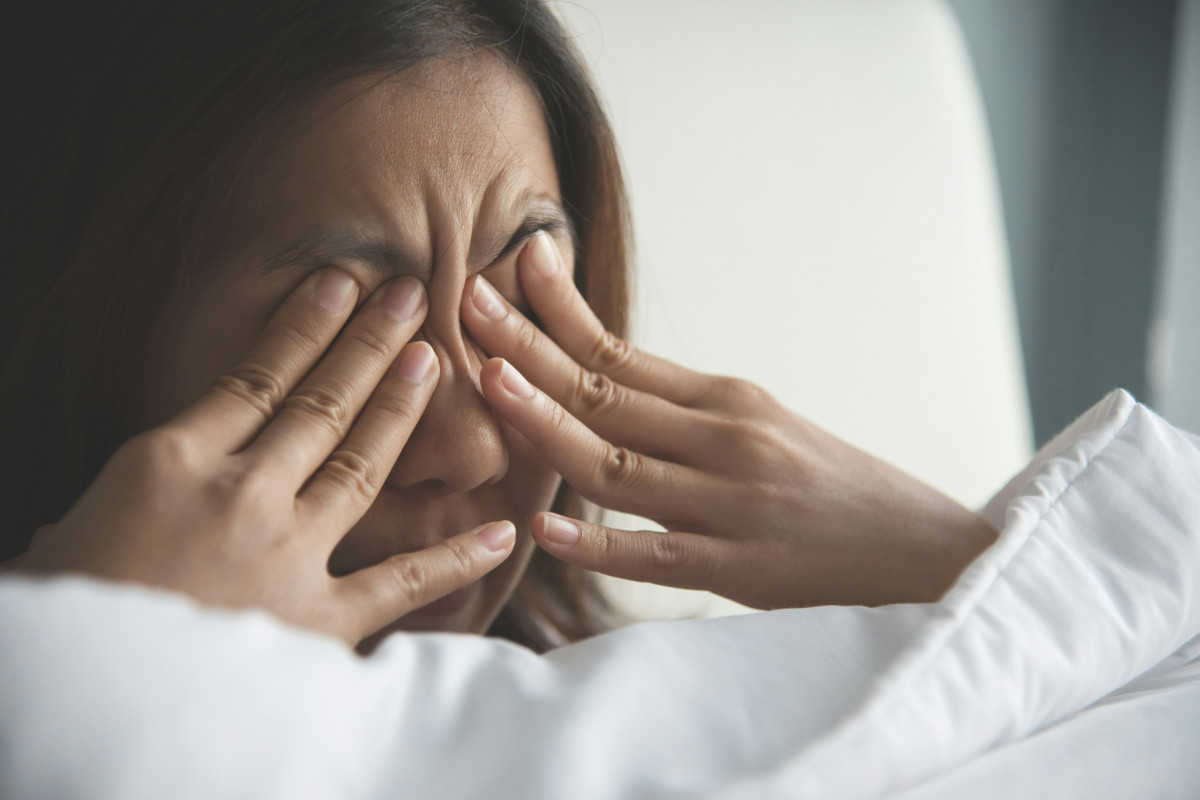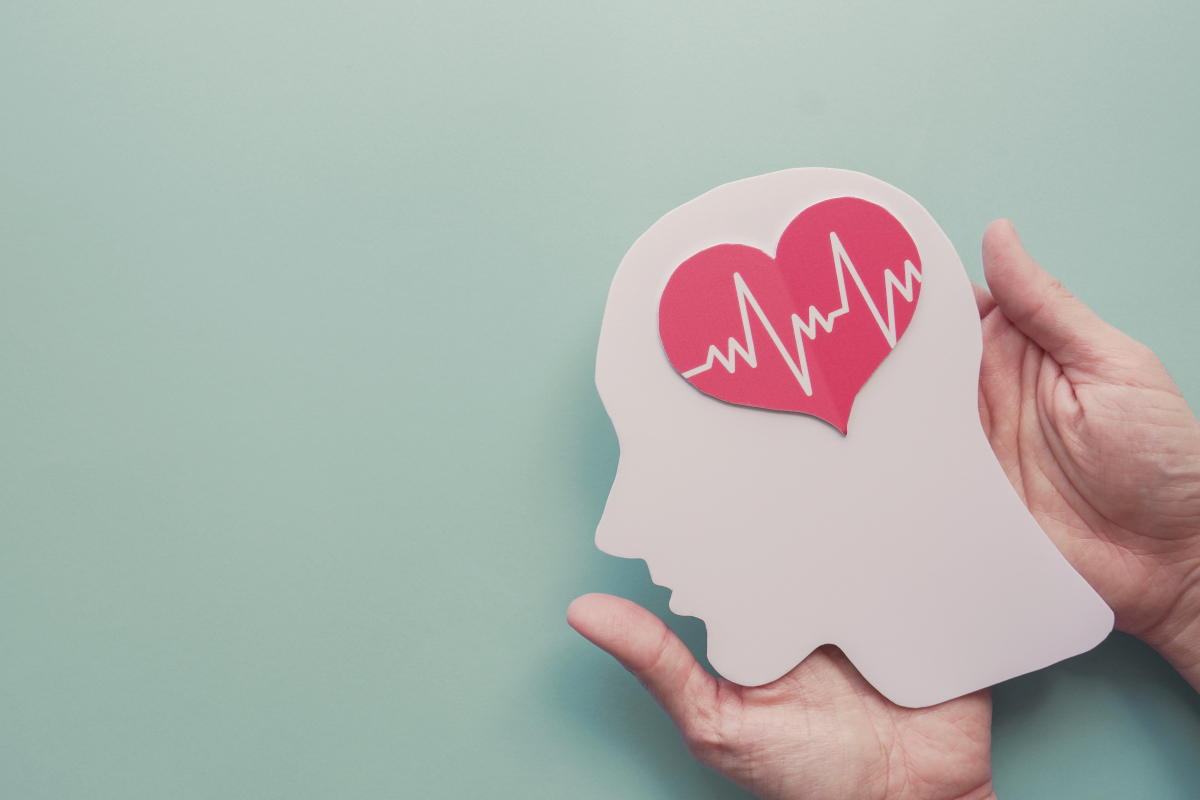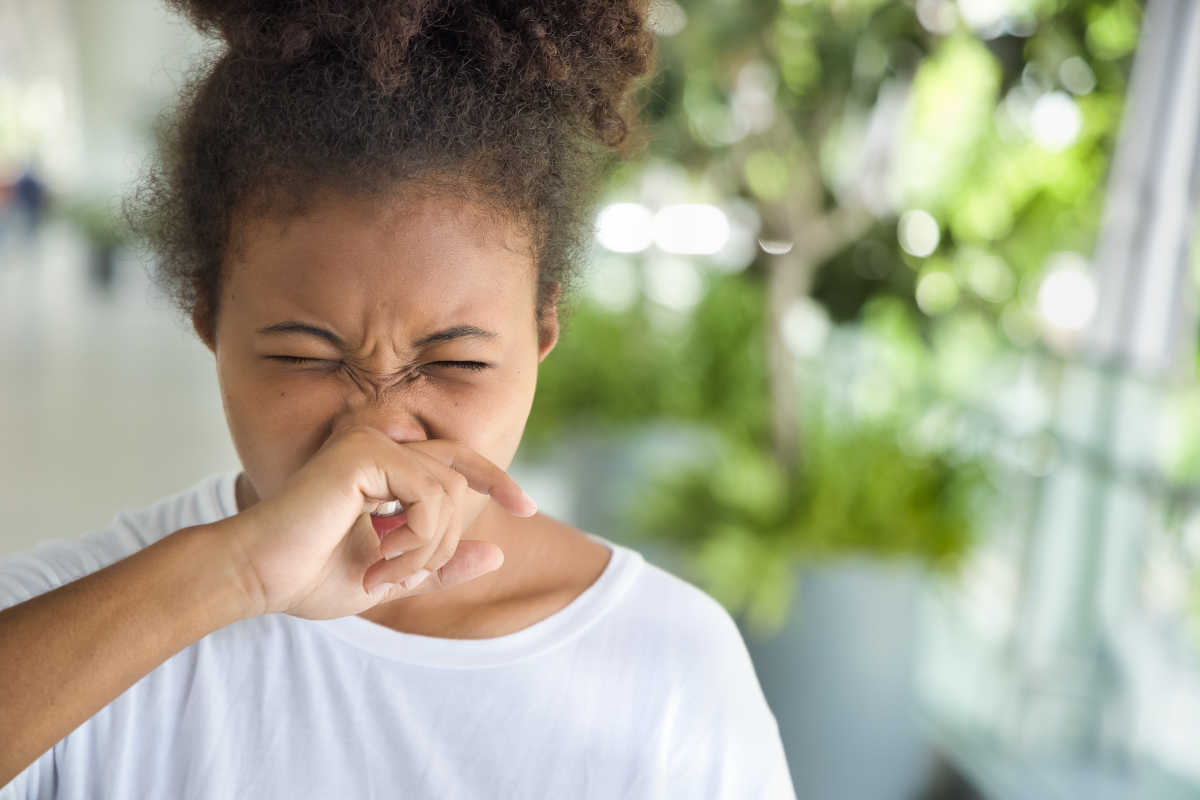Migraine in Men: Underestimated and Unspoken
Migraine is primarily seen as a 'women’s disease.' While more common in women, migraines do affect men as well, and can take a significant toll on their lives. This is less well acknowledged by the general public. What does the research say about 'men’s migraine'? Does migraine manifest differently in men, and if so, why might that be?
-
References
Akarsu EO, Baykan B, Ertaş M, Zarifoğlu M, Kocasoy Orhan E, Saip S, Siva A, Önal AE, Karli N. Sex Differences of Migraine: Results of a Nationwide Home-based Study in Turkey. Noro Psikiyatr Ars. 2019 Sep 26;57(2):126-130. doi: 10.29399/npa.23240. PMID: 32550778; PMCID: PMC7285639.
Allais G, Chiarle G, Sinigaglia S, Airola G, Schiapparelli P, Benedetto C. Gender-related differences in migraine. Neurol Sci. 2020 Dec;41(Suppl 2):429-436. doi: 10.1007/s10072-020-04643-8. PMID: 32845494; PMCID: PMC7704513.
Chalmer MA, Kogelman LJA, Callesen I, Christensen CG, Techlo TR, Møller PL, Davidsson OB, Olofsson IA, Schwinn M, Mikkelsen S, Dinh KM, Nielsen K, Topholm M, Erikstrup C, Ostrowski SR, Pedersen OB; DBDS Genomic Consortium; Hjalgrim H, Banasik K, Burgdorf KS, Nyegaard M, Olesen J, Hansen TF. Sex differences in clinical characteristics of migraine and its burden: a population-based study. Eur J Neurol. 2023 Jun;30(6):1774-1784. doi: 10.1111/ene.15778. Epub 2023 Mar 26. PMID: 36905094.
Fitzek MP, Boucherie DM, de Vries T, Handtmann C, Fathi H, Raffaelli B, MaassenVanDenBrink A. Migraine in men. J Headache Pain. 2025 Jan 3;26(1):3. doi: 10.1186/s10194-024-01936-7. PMID: 39754046; PMCID: PMC11697684.
Fuglsang CH, Pedersen L, Schmidt M, Vandenbroucke JP, Bøtker HE, Sørensen HT. Migraine and risk of premature myocardial infarction and stroke among men and women: A Danish population-based cohort study. PLoS Med. 2023 Jun 13;20(6):e1004238. doi: 10.1371/journal.pmed.1004238. Erratum in: PLoS Med. 2024 Feb 13;21(2):e1004353. doi: 10.1371/journal.pmed.1004353. PMID: 37310926; PMCID: PMC10263301.
Martins KM, Bordini CA, Bigal ME, Speciali JG. Migraine in the elderly: a comparison with migraine in young adults. Headache. 2006 Feb;46(2):312-6. doi: 10.1111/j.1526-4610.2006.00343.x. PMID: 16492241.
Porst M, Wengler A, Leddin J, Neuhauser H, Katsarava Z et al. (2020) Migräne und Spannungskopfschmerz in Deutschland. Prävalenz und Erkrankungsschwere im Rahmen der Krankheitslast-Studie BURDEN 2020. Journal of Health Monitoring 5(S6): 2–26. DOI 10.25646/6988.
Scher AI, Wang SJ, Katsarava Z, Buse DC, Fanning KM, Adams AM, Lipton RB. Epidemiology of migraine in men: Results from the Chronic Migraine Epidemiology and Outcomes (CaMEO) Study. Cephalalgia. 2019 Feb;39(2):296-305. doi: 10.1177/0333102418786266. Epub 2018 Jul 12. PMID: 29996667.
Schoonman GG, Evers DJ, Terwindt GM, van Dijk JG, Ferrari MD. The prevalence of premonitory symptoms in migraine: a questionnaire study in 461 patients. Cephalalgia. 2006 Oct;26(10):1209-13. doi: 10.1111/j.1468-2982.2006.01195.x. PMID: 16961788.
Stewart WF, Wood C, Reed ML, Roy J, Lipton RB; AMPP Advisory Group. Cumulative lifetime migraine incidence in women and men. Cephalalgia. 2008 Nov;28(11):1170-8. doi: 10.1111/j.1468-2982.2008.01666.x. Epub 2008 Jul 15. PMID: 18644028.
van Casteren DS, Verhagen IE, Onderwater GL, MaassenVanDenBrink A, Terwindt GM. Sex differences in prevalence of migraine trigger factors: A cross-sectional study. Cephalalgia. 2021 May;41(6):643-648. doi: 10.1177/0333102420974362. Epub 2020 Nov 17. PMID: 33203218; PMCID: PMC8111230.
Verhagen IE, van der Arend BWH, van Casteren DS, le Cessie S, MaassenVanDenBrink A, Terwindt GM. Sex differences in migraine attack characteristics: A longitudinal E-diary study. Headache. 2023 Mar;63(3):333-341. doi: 10.1111/head.14488. PMID: 36942410.


